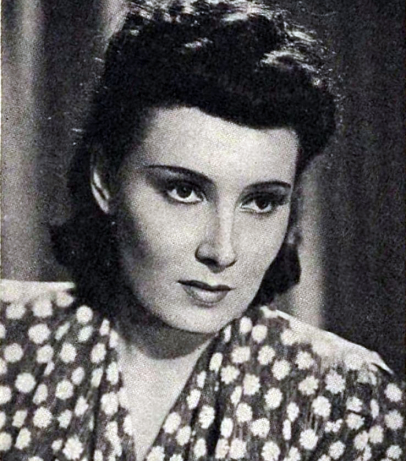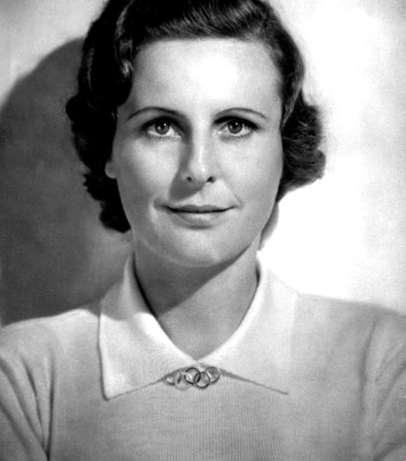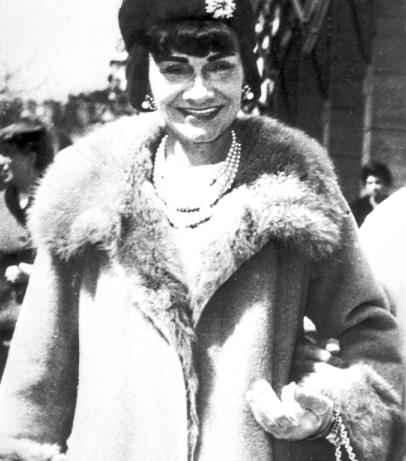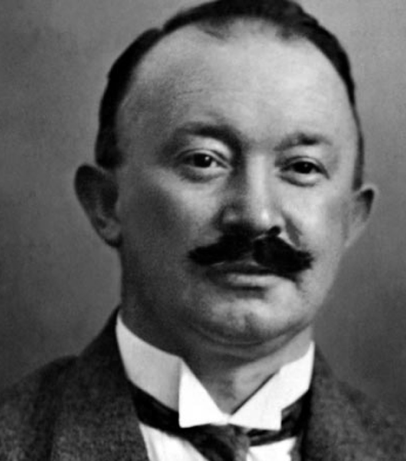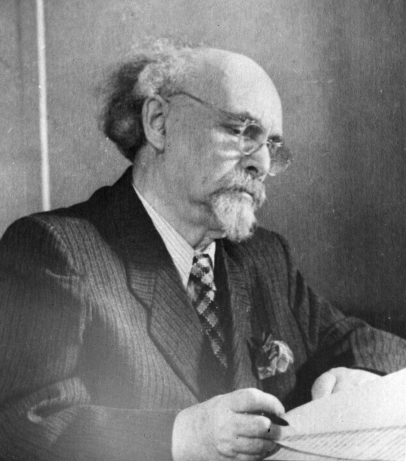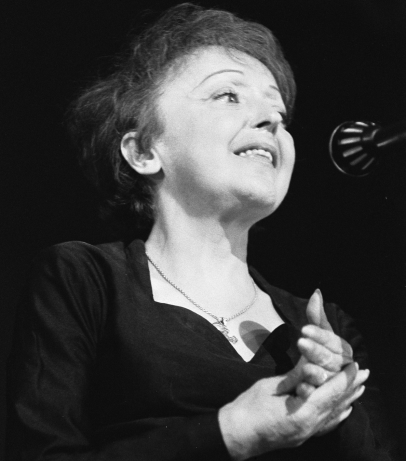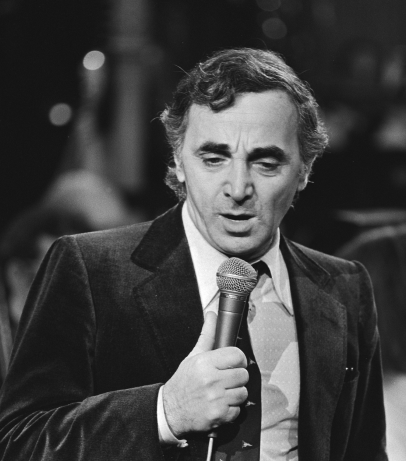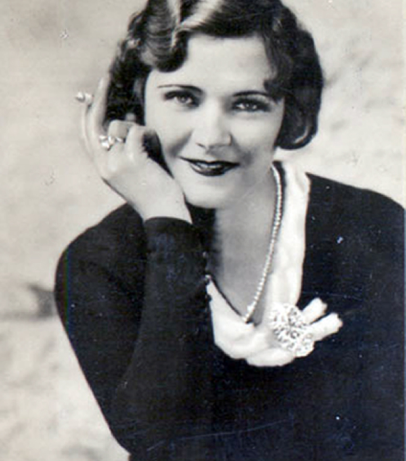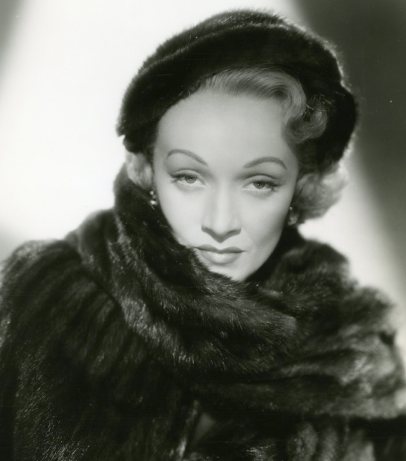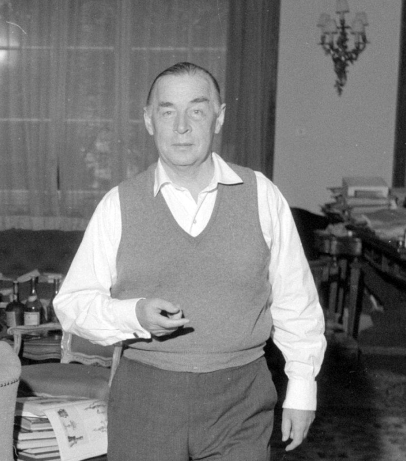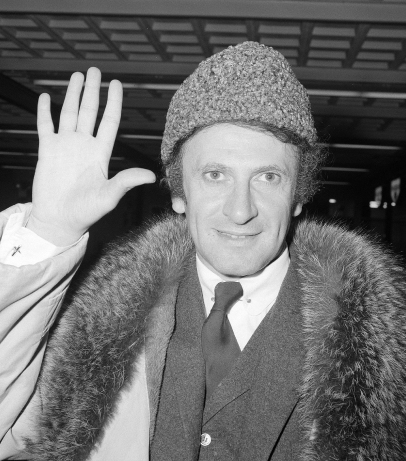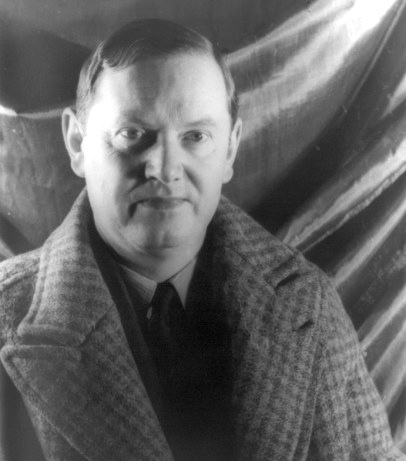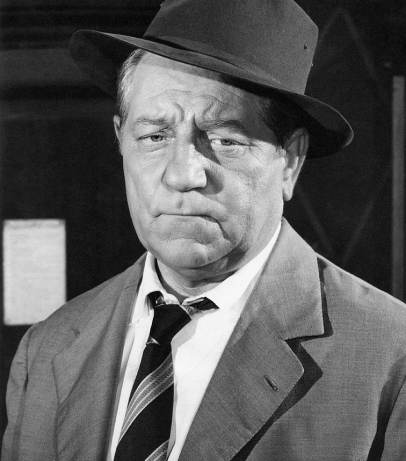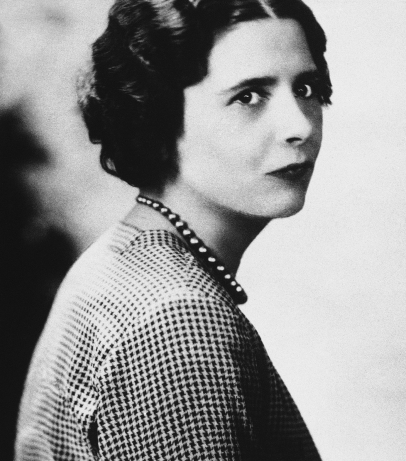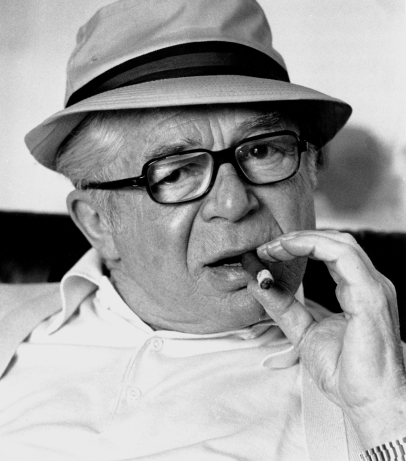On 18 February, Indian sailors on several ships in Bombay Harbour refused to obey their officers. The reason was the delayed post-war demobilisation and low pay.
In addition, the Royal Indian Navy had a racial problem: the officers were predominantly British, while Indians constituted the majority of sailors and lower ranks. The commander-in-chief of the Royal Indian Navy, Vice Admiral John Henry Godfrey, caused particular dissatisfaction amongst the sailors.
On 20 February 1946, all ships and land-based naval facilities in Bombay joined the action of defiance. A total of 45 warships, 10-12 shore facilities, 11 auxiliary vessels, and four flotillas were quartered in Bombay Harbour, with a naval force of some 10,000 men.
Commander-in-Chief Admiral Godfrey released a statement on All India Radio that the strictest measures would be taken to subdue the rebels, including, if necessary, the destruction of ships.
Air Force units and local police joined the strike. More than 20,000 sailors on 78 ships and shore facilities eventually took part in the mutiny.
On 26 February, the mutiny was crushed by British forces. Eight people were killed in the clashes and 33 injured. The rioters would surrender to the authorities under guarantees of immunity provided by the Indian National Congress and the All-India Muslim League party. Many of the rioters would be dismissed, but none would be reinstated even after India gained independence in 1947, because the new authorities would be wary of communist influence – the Communist Party of India was the only faction that supported the uprising.
The British called the Royal Indian Navy mutiny a communist revolt; the communists called it a spontaneous national rebellion. India’s official historiography described the Bombay mutiny as an episode in the struggle for independence.
Sources:
‘The Mission to India’, The Times from 20 February 1946.
The New York Times from 20 February 1946.






